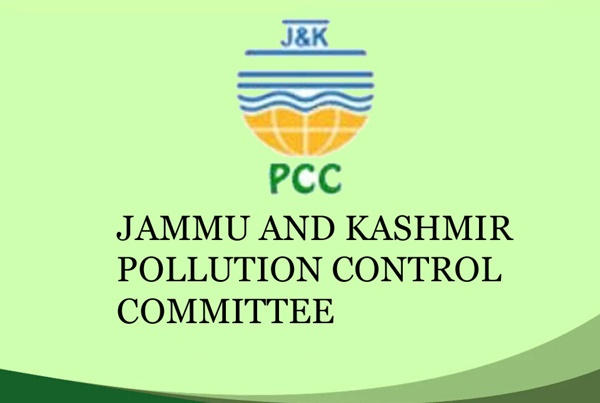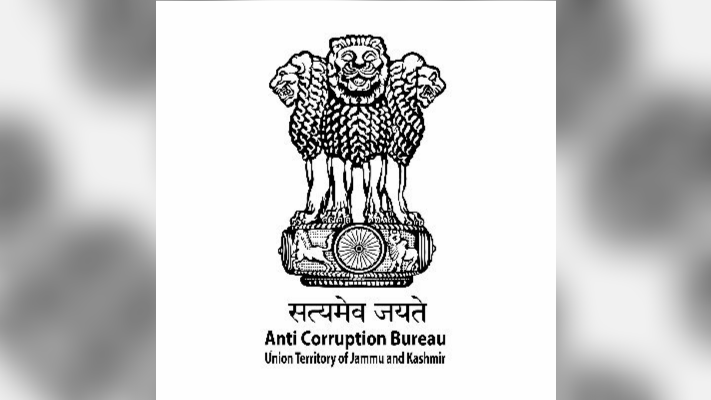
Anantnag- For the first time, the historic Mughal garden at Achabal, once a lush marvel known for its cascading waterfalls and natural spring, is facing an unprecedented crisis as its water sources dry up due to climate change.
The iconic garden, built by Empress Nur Jahan in the 17th century, is struggling with severe water scarcity, leaving its fountains and streams barren.
Shabir Ahmad, a local resident and social activist, said, “We have never witnessed such a change in the Mughal Garden at Achabal drying up. This is the first time we are seeing such a disheartening scene.”
He said the spring has completely dried up, leading to a shortage of drinking water. “Our sins—how we are polluting the water bodies—along with a decline in rain and snowfall due to climate change, are the main reasons for this worsening situation,” he said.
When asked about the future situation, he said, “When water is not available, how can we irrigate our land? Both horticulture and agriculture depend on water, and this situation will have a severe impact. Shortages have already started in nearby areas, and people are suffering as they now rely on water tankers. It is time to unite and work together to preserve our water bodies from pollution.”
“Achabal Garden is our heritage, a part of our identity. Seeing it dry up is heartbreaking,” said Mushtaq Ahmad, a local resident. “If immediate action is not taken, we fear it may never be the same again.”
Experts attribute the crisis to rising temperatures, deficient rainfall, and depleting groundwater levels. “Climate change has altered precipitation patterns in Kashmir, affecting the natural springs that have sustained Achabal Garden for centuries,” Dr Masoon A. Beig, a geographer, told KNO. “The reduction in snowfall and prolonged dry spells have further worsened the situation.”
Gowhar Ahmad, AEE Jal Shakti Achabal, said that the Achabal spring catered to over a dozen villages, with as many as 15 water supply schemes depending on the source. However, after the spring dried up, the villages are now being served by tanker services.
He said that almost 80 per cent of the area has been affected due to the drying up of the spring, as it was the primary source of drinking water. “We are sending tankers to the affected villages to ensure water supply,” he said. (KNO)















